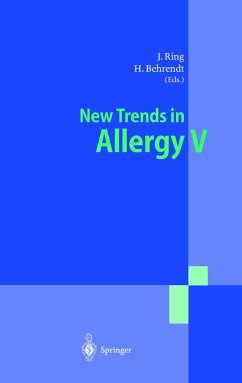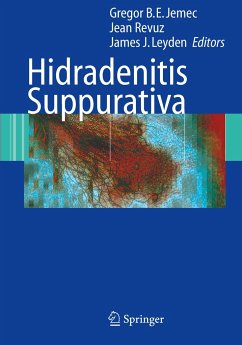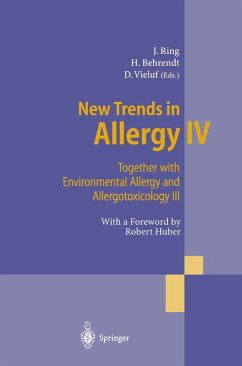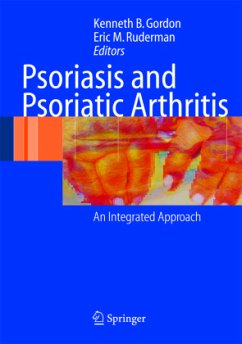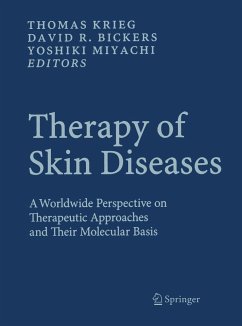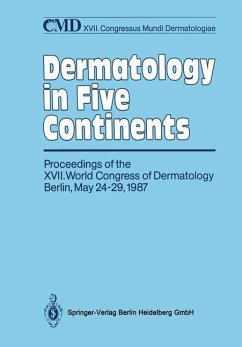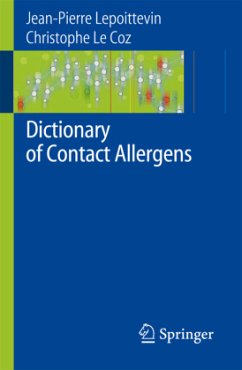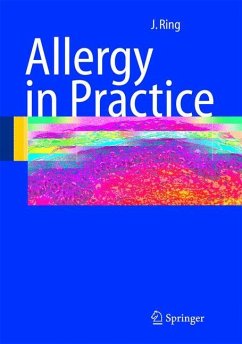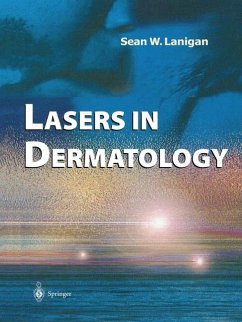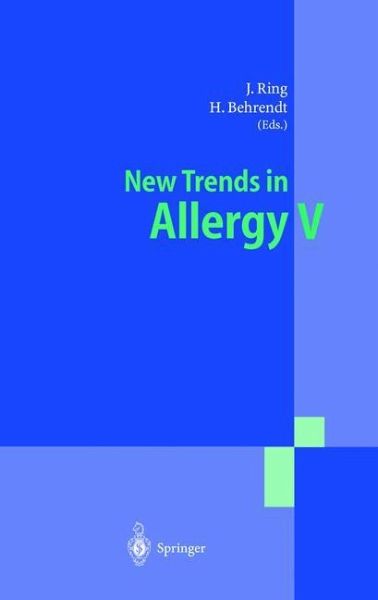
New Trends in Allergy V

PAYBACK Punkte
58 °P sammeln!
New Trends in Allergy V' is the fifth volume of a series focussing on new trends in experimental and clinical allergology. The interdisciplinary character is documented by articles from such different fields as basic immunology, chemistry, molecular biology, pharmacology, epidemiology, pneumology, dermatology, otolaryngology, pediatrics and psychosomatic medicine. Special emphasis is given to the role of both anthropogenic (pollutants) as well as natural environmental factors in the development of allergy. Among new pathophysiological concepts, dendritic cells, lymphocyte interactions, mast ce...
New Trends in Allergy V' is the fifth volume of a series focussing on new trends in experimental and clinical allergology. The interdisciplinary character is documented by articles from such different fields as basic immunology, chemistry, molecular biology, pharmacology, epidemiology, pneumology, dermatology, otolaryngology, pediatrics and psychosomatic medicine. Special emphasis is given to the role of both anthropogenic (pollutants) as well as natural environmental factors in the development of allergy. Among new pathophysiological concepts, dendritic cells, lymphocyte interactions, mast cells, eosinophils and neutrophils as well as psycho-neuro-immunological influences are featured. Practical aspects focus on asthma, rhinoconjunctivitis, atopic eczema, occupational and food allergy as well as anaphylaxis. The most recent therapeutic strategies comprise novel pharmacotherapy and allergen-specific as well as unspecific (e. g. anti-IgE) immunotherapy.





